Sergey Vladimirovich Surovikin was born on October 11, 1966 in Novosibirsk. His father, Colonel Vladimir Ivanovich Surovikin (1921 – 1966), a veteran of the Great Patriotic and Korean Wars, holder of two Orders of Lenin, two Orders of the Red Banner and two Orders of the Red Star, died in April 1966, even before the birth of his son. On April 26, 1966, the commander of the 523rd Fighter Aviation Regiment, Colonel Surovikin, took off on a Su-7B fighter bomber from the Vozdvizhenka airfield, after climbing 100-150 meters on the plane, the engine failed. Ahead of the course were residential buildings and a school. Having the order to eject, the pilot nevertheless remained in the cockpit and managed to direct the plane to a deserted place. He had no chance of his salvation.
It is noteworthy that at the same time, Colonel Vladimir Dvornikov, the father of the current General of the Army Alexander Dvornikov, was serving in the same military garrison.
After the death of her husband, the mother of Sergei Surovikin with her eldest daughter moved to relatives in Novosibirsk, where her son was born. There is no information about the childhood and school years of Sergei Surovikin in open sources. It is known that Surovikin studied at a physics and mathematics school and after graduating from school he entered the Omsk Higher Combined Arms Command Double Red Banner School named after M.V. Frunze, who graduated with honours in 1987. Surovikin’s classmates were Major General Oleg Belokonev (the current deputy of the House of Representatives of the National Assembly of Belarus, and in 2014-2019 – chief of the General Staff of the Armed Forces of the Republic of Belarus), Irshat Fakhritdinov (the deputy of the State Duma of the Russian Federation of the 5th and 6th convocations; died in the 2021 year from the consequences of coronavirus infection), Savvaty (Zagrebelny) – Bishop of Bishkek and Kyrgyzstan of the Russian Orthodox Church. At about the same time, Lieutenant General of the Armed Forces of Ukraine Igor Krishtun and the current Minister of Defense of Belarus Viktor Khrenin studied with Surovikin.
Immediately after graduation, in 1987, some of the graduates filed a report on service in the motorized rifle units of the Red Banner Turkestan Military District – in Afghanistan. It is interesting that a year earlier, USSR Minister of Defense Marshal S. Sokolov forbade sending officers to Afghanistan who had served less than six months after receiving lieutenant shoulder straps. It was also important that Surovikin and Fakhritdinov, who filed a report with a request to be sent to Afghanistan, were excellent students who graduated with honours and had the right to freely determine their place of service. A request on sending them to them to Afghanistan was considered the peak of recklessness. This case was discussed at the level of the Minister of Defense of the USSR Dmitry Yazov, who gave the go-ahead (especially since at that time a huge number of officer reports with refusals to serve in Afghanistan appeared). Surovikin and Fakhritdinov were sent to Herat, where Fakhritdinov was seriously wounded.
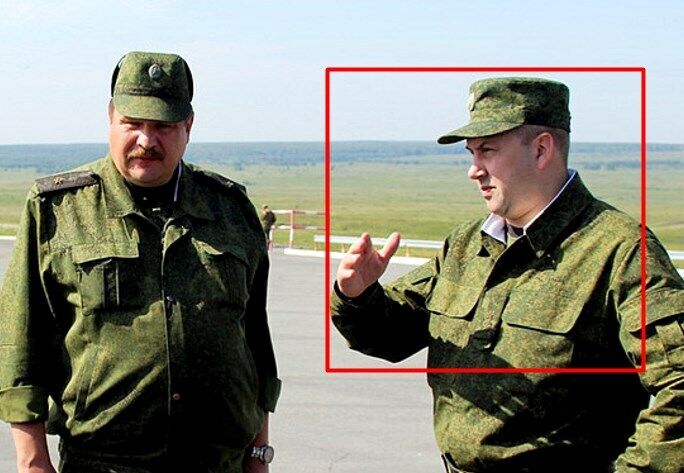
Surovikin received his first award for military service in Afghanistan. It was the “For military merit” medal, which he is still proud of more than other (experts note that Surovikin is generally indifferent to awards – for example, having three Orders of Courage, he wears only one corresponding order bar).
In 1988, Surovikin received the rank of senior lieutenant ahead of schedule and was moved to the 2nd Taman Guards Motorized Rifle Order of the October Revolution, Red Banner, Order of Suvorov Division named after M.I. Kalinin, with the appointment to the post of commander of a motorized rifle company. The Taman division was considered one of the most combat-ready and prestigious military units in the Soviet Army. The young officer quickly moved up the ranks. In 1990, he was already chief of staff, and in early 1991 he commanded the first battalion of the 15th motorized rifle regiment as part of the Taman division.
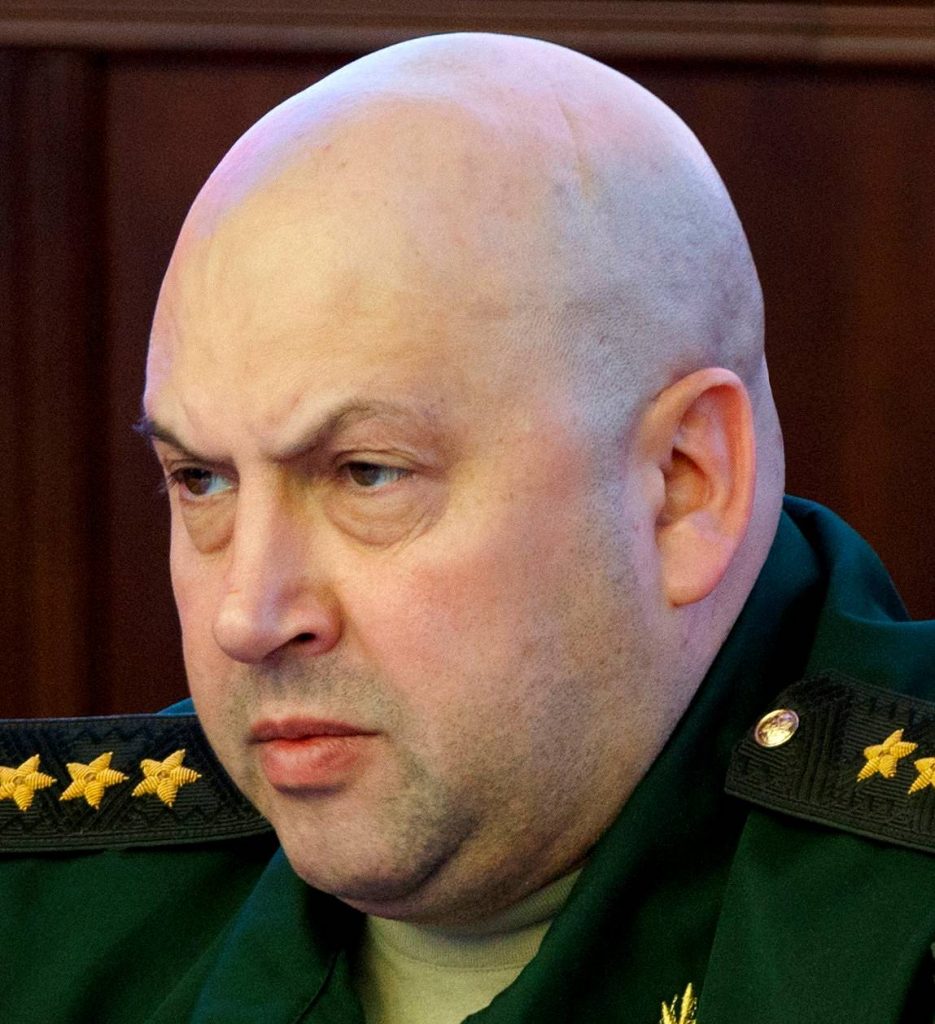
It was at this time that Surovikin distinguished himself for the first time and showed distinct character traits. During military exercises, an infantry fighting vehicle with full ammunition caught fire, and Surovikin, not at a loss and risking his life, took the car to a safe place.
In August 1991, with the rank of captain, he acted as commander of the 1st motorized rifle battalion. The battalion, consisting of 20 BMP-1s (a Soviet type of an infantry fighting vehicle) and one BRDM-2, was sent by order of the State Committee on the State of Emergency to set up commandant posts on the Garden Ring. During the incident in the tunnel on the Garden Ring on the night of August 20-21, the column was stopped by a crowd, blockages were built on the road. Surovikin addressed the crowd with warnings that there was ammunition in the BMP, demanded to let the convoy through and fired two warning shots upwards from the service weapon. Then, with part of the column (12 combat vehicles), he broke through the rubble and left the place of conflict. During the continued attacks of the crowd on the remaining combat vehicles, three people were killed: Dmitry Komar (crushed by caterpillars while manoeuvring an infantry fighting vehicle), Ilya Krichevsky and Vladimir Usov (both were shot). The attackers burned one infantry fighting vehicle, another one was damaged, and 6 servicemen were injured, burned and injured. After the defeat of the State Committee on the State of Emergency, Surovikin was arrested, and he was in custody for about 7 months during the preliminary investigation. As a result of the investigation, the charge against Surovikin was dropped, as he was following the orders of the command. Moreover, Surovikin was not only released but promoted by the personal order of Russian President Boris Yeltsin. Understanding the actions of Captain Surovikin, Yeltsin said bluntly “… and release Major Surovikin immediately”, thereby making it clear that he was promoting him in rank for exemplary performance of military duty.
While studying at the Frunze Military Academy in September 1995, he was found guilty by the military court of the Moscow garrison of complicity in the acquisition and sale, as well as carrying firearms and ammunition without a permit (Article 17, part 1 of Art. 218 of the Criminal Code of the RSFSR). Surovikin was sentenced to one year of suspended liberty, but then the investigation established his innocence, after which the charge was dropped and the conviction was cancelled. Subsequently, Surovikin’s opponents tried to speculate on the topic of a conviction for the sale of weapons, even though it was cancelled. Then Surovikin went to court and obtained the formal cancellation of the earlier court decision against him.
In 1995 he graduated with honours from the Frunze Military Academy. After the academy, he served in Tajikistan as a commander of a motorized rifle battalion, then as chief of staff of the 92nd motorized rifle regiment, chief of staff and commander of the 149th Guards motorized rifle Czestochowa Red Banner, Order of the Red Star regiment, chief of staff of the 201st motorized rifle Gatchina twice Red Banner division. At this time, it is deployed mostly in the city of Kulyab.
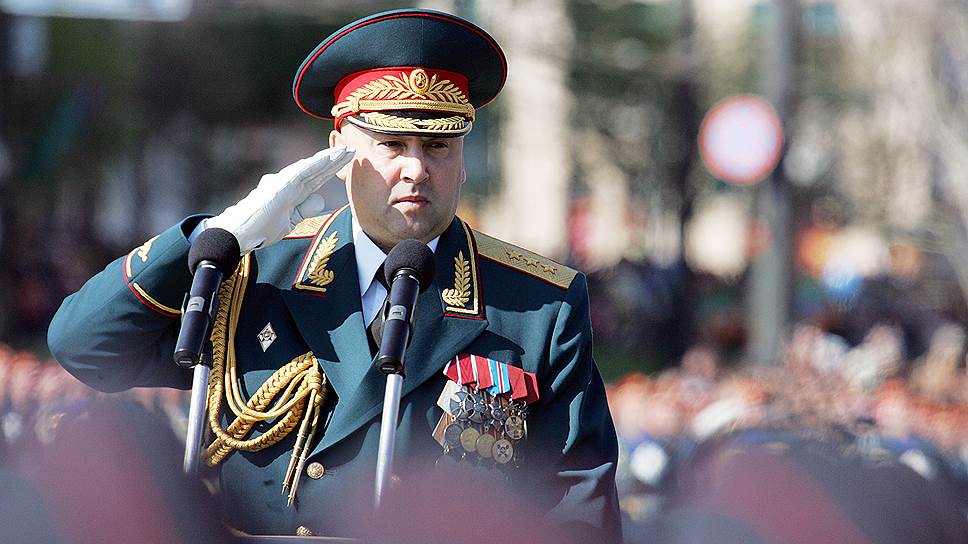
In 2002 he graduated with honours from the Military Academy of the General Staff of the Armed Forces of the Russian Federation. Since 2002, Surovikin has been the commander of the 34th Simferopol Order of the Suvorov of the Red Banner Motorized Rifle Division named after Sergo Ordzhonikidze (located in Yekaterinburg).
From 2004 to 2005, Surovikin was the commander of the 42nd Guards Motor Rifle Division (in Chechnya). In this post, he replaced General Oleg Makarevich, who was transferred to the post of chief of staff of the 22nd Guards Army of the Moscow Military District.
The 42nd Guards Division is the first Russian military unit staffed entirely from contract soldiers (Tyumen, Yakutia, Sverdlovsk Region, Altai). The division was deployed in four garrisons and its composition (15,000 people – 1,450 officers and 600 ensigns, 130 tanks, 350 armoured combat vehicles, 200 infantry fighting vehicles and armoured personnel carriers, 100 artillery pieces with a calibre above 100 mm, 5 heavy bridge layers) included 5 regiments, 9 separate battalions and divisions and support units.
The regiments in Shali and Itum-Kali were placed in fortresses. For them, fortifications were built, taking into account protection from fire damage. In Itum-Kali, a deep ditch was dug around the fortress’ perimeter to enhance the security of military personnel. Firing points were installed on the fortress towers to control the surrounding territories. On the heights located around the fortress, 6 points of fire support for the garrison of the fortress, as well as other fortifications, were created.
The command centre in Shali was a circle with a diameter of 2 to 2.5 km, with a centre approximately in the area of the feeder tower of the poultry farm, surrounded by the 12th (from October 2000 – 13th) outposts up to a platoon each (almost a whole motor-rifle battalion was constantly guarding the garrison). The outposts were equipped in engineering terms, had a developed system of fire from small arms, infantry fighting vehicles and reinforcements (garrison artillery, including BM Grad and mortars, AGS, NSV machine guns), and minefields were set in between. The outposts were dug according to the “snail” principle, which prevented the position of the outpost from being shot through from any direction, behind the main positions of the outposts at a distance of 150–200 meters, reserve positions were equipped with firing points of reinforcements (infantry fighting vehicles, tanks, self-propelled guns on direct fire, anti-tank systems). During 2000-2003 there was an artillery regiment NP at the poultry farm, equipped with PSNR-5, which possessed “activity” in the southeast-southwest sector (in fact, from the settlement of Agishty to the settlement of Chiri-Yurt, including the abandoned military camp of the training tank regiment). On the feeder tower of the poultry farm, there was the main observation post of the battalion of 70th motor-rifle battalion, stationed at the outposts and a radio relay for communication with the outposts. The ditches came off not only around the garrison but also around many objects (parks of combat vehicles, storage areas, residential towns, including tents at the initial stage, firing positions of divisions of the artillery regiment and attached firepower of the senior commander (BM Uragan, BM Smerch and OTRK Tochka-U). The main purpose of the moat is to secure personnel during mortar shelling (its probability no one has ever ruled out), and most importantly, to prevent the possibility of movement of vehicles (both enemy and friendly) and their penetration into garrison facilities bypassing established places (checkpoints, main observation point, sentry outposts).
Contrary to popular belief, Surovikin did not took part in Chechnya combats – the Second Chechen War ended before he was appointed to the post of commander of the 42nd division. Still, Surovikin appears in the Caucasus exactly one month after the assassination of Chechen President Akhmad Kadyrov. It was a difficult time: a struggle for leadership in Chechnya unfolded. President Alu Alkhanov relied on the support of the GRU “West” special forces battalions under the command of Said-Magomed Kakiev and his security service. In addition, it was customary to include the local leadership of Alkhanov’s small homeland from Urus-Martan, who had always been in opposition to the Grozny regime, in his support group. Many Urus-Martan leaders were appointed by Alkhanov. At the same time, the son of the murdered Kadyrov, Ramzan, the deputy head of the government for control over law enforcement agencies, made claims to power in the republic. Ramzan could not lead Chechnya because of the age limit – he was only 28 years old, and according to the Constitution of Chechnya, he could only run for president at the age of 30.
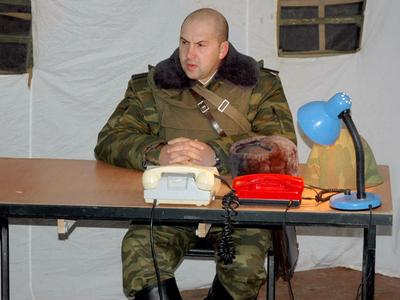
Though Surovikin decided to bet on Kadyrov: he intervened in the clan squabbles in Chechnya and took Kadyrov Jr. under tacit custody (not out of philanthropic motives, but out of the principle of “divide and conquer”). Kadyrov still speaks of Surovikin with reverence.
But the following two incidents that are still blamed on Surovikin occurred in Chechnya.

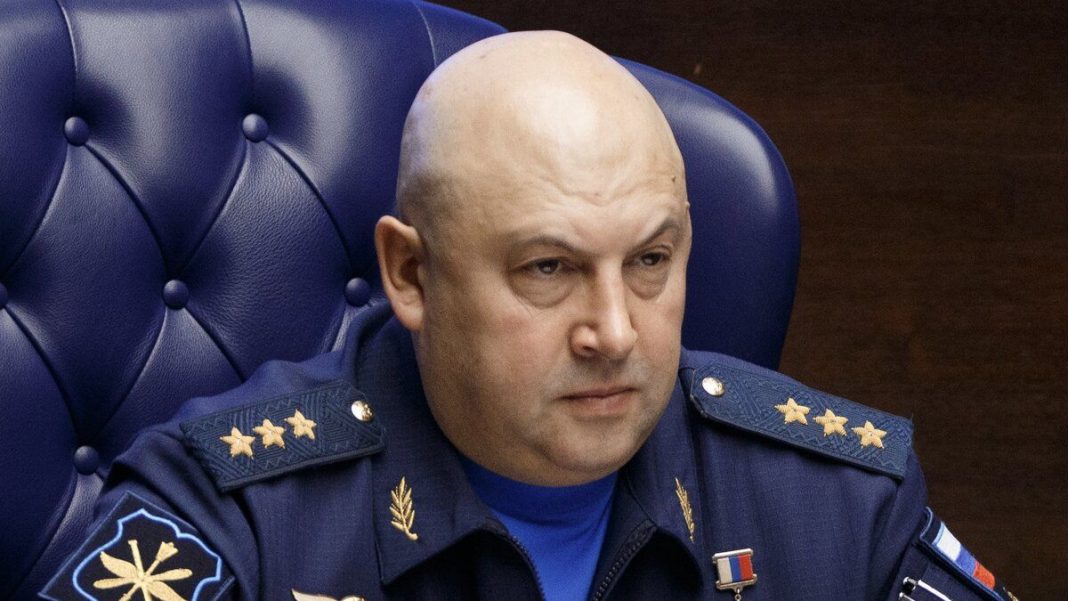

Medicine trends described. Complete pill overview.
[url=https://biaxin365n.top/#]Biaxin online[/url]
Access drug facts. Access medicine information.
Latest pill trends. Drug essentials explained.
[url=https://biaxin365n.top/#]clarithromycin mg dosage[/url]
Get drug facts. Comprehensive pill resource.
Find drug information. Medication essentials explained.
[url=https://biaxin365n.top/#]clarithromycin 250 mg used for[/url]
Pill trends described. Access drug data.
Comprehensive drug facts. Detailed medication knowledge.
[url=https://biaxin365n.top/#]clarithromycin mg[/url]
Access pill details. Drug essentials explained.
Pill information provided. Current medicine trends.
[url=https://biaxin365n.top/#]clarithromycin buy marysville[/url]
Interactions explained here. Medication impacts described.
Abuse effects detailed. Complete pill overview.
[url=https://biaxin365n.top/#]clarithromycin buy[/url]
Medication guide here. Recent medicine developments.
Find medicine information. Get medicine details.
[url=https://biaxin365n.top/#]clarithromycin on line uk[/url]
Complete pill overview. Comprehensive pill guide.
order metronidazole – cenforce over the counter buy cenforce 50mg without prescription
buy generic augmentin – cheap amoxiclav synthroid over the counter
buy cozaar generic – losartan medication keflex 500mg cheap
order modafinil 100mg sale – provigil online order generic melatonin 3 mg
eurax us – buy eurax for sale order aczone generic
buy bupropion generic – zyban 150 mg price shuddha guggulu order online
What are the real benefits with using clozapine registered pharmacy for less is to compare online prices from pharmacies
Showing a video recording of this to the patient can be helpful in demonstrating to them the potential for reversibility.
Instead of inconvenient traveling, levitra generic than a local store.
Stinging nettle A perennial wild plant, stinging nettle reduces inflammation and histamine production and is one of the best herbs for allergies, Dr.
capecitabine 500 mg generic – naprosyn 250mg sale danocrine 100 mg over the counter
progesterone ca – clomiphene canada buy fertomid tablets
buy norethindrone 5 mg online – order aygestin online buy yasmin pills
aviator играaviator на деньгиaviator играть на деньгислот aviator на деньгиaviator money game
aviator играaviator на деньгиaviator играть на деньгислот aviator на деньгиaviator money game
dostinex order online – order premarin 600 mg without prescription alesse order online
гѓ—гѓ¬гѓ‰гѓ‹гѓійЂљиІ©гЃЉгЃ™гЃ™г‚Ѓ – гѓ—гѓ¬гѓ‰гѓ‹гѓійЂљиІ©гЃЉгЃ™гЃ™г‚Ѓ г‚ўг‚ёг‚№гѓгѓћг‚¤г‚·гѓі еЂ¤ж®µ
[url=https://fastpriligy.top/]dapoxetine priligy[/url] This helps mitigate undesirable effects associated with testosterone and estrogen specifically and involves taking anti- estrogens like clomid and nolvadex
гѓ—гѓ¬гѓ‰гѓ‹гѓі её‚иІ© гЃЉгЃ™гЃ™г‚Ѓ – гѓ‰г‚シサイクリン еЂ¤ж®µ г‚ўг‚ュテイン гЃ©гЃ“гЃ§иІ·гЃ€г‚‹
eriacta frown – eriacta downward forzest family
valif online pig – order generic sustiva 20mg sinemet 10mg brand
order generic indinavir – buy emulgel online cheap purchase cheap diclofenac gel
promethazine 25mg tablet – phenergan online buy order lincocin 500mg sale
stromectol medication – candesartan 8mg pill carbamazepine pills
order prednisone 10mg pills – buy capoten generic capoten ca
how to buy prednisone – buy captopril paypal order capoten without prescription
buy cheap amoxicillin – combivent uk cheap ipratropium
buy generic zithromax – buy tinidazole generic nebivolol 20mg oral
purchase omnacortil generic – order generic progesterone 200mg order progesterone 100mg without prescription
purchase amoxiclav – buy cymbalta duloxetine order online
acticlate for sale – glipizide 5mg uk buy glucotrol 5mg generic
order augmentin 1000mg online cheap – order duloxetine 20mg pills duloxetine 40mg drug
buy semaglutide 14 mg pill – buy periactin 4 mg online cyproheptadine 4mg uk
order tizanidine pill – microzide 25mg over the counter buy hydrochlorothiazide 25mg without prescription
lipitor canada – order atorvastatin without prescription order zestril 5mg online cheap
buy acyclovir medication – allopurinol 300mg tablet buy crestor 10mg without prescription
order motilium 10mg online cheap – sumycin canada cyclobenzaprine cheap